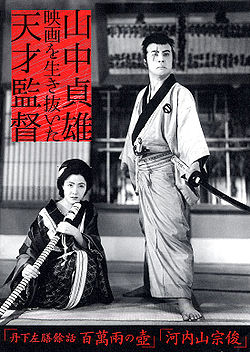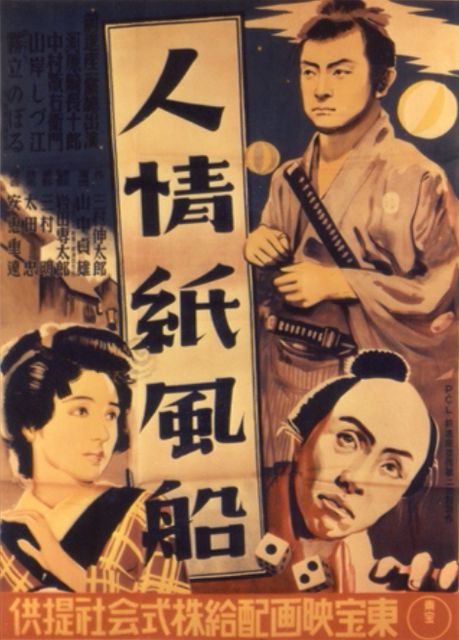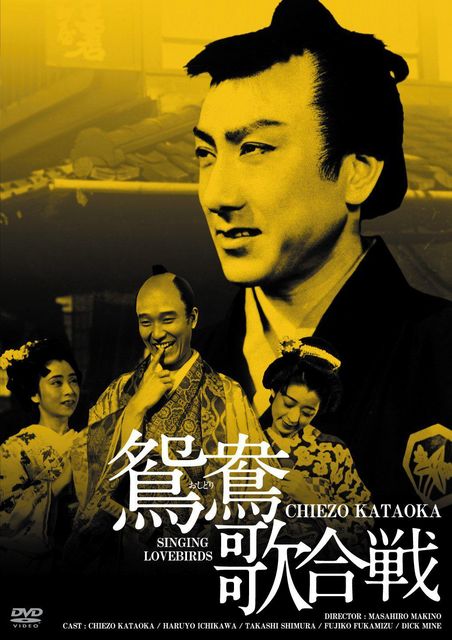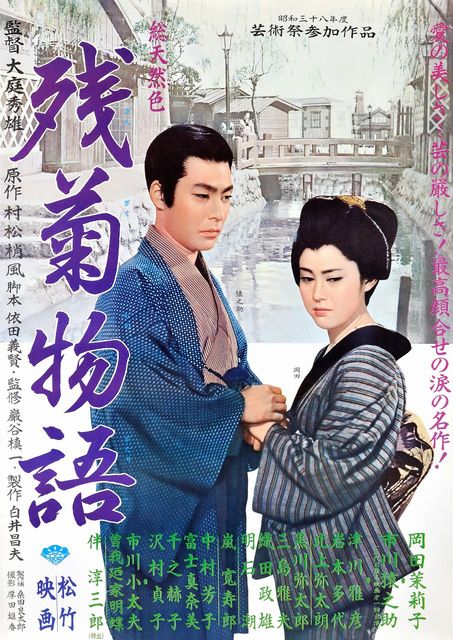[THREAD] A history of action in Jidaigeki films, 1920s/1930s Japan
Still influenced by theatre roots (see Shibata Tsunekichi's MOMIJIGARI), Japanese action cinema enters pre-Tokusatsu territory with JIRAIYA THE HERO (Shōzō Makino, 1921): still camera, elaborate human movements.
Still influenced by theatre roots (see Shibata Tsunekichi's MOMIJIGARI), Japanese action cinema enters pre-Tokusatsu territory with JIRAIYA THE HERO (Shōzō Makino, 1921): still camera, elaborate human movements.
Japan ramps up the SFX in SHIBUKAWA BANGORŌ (Kōkichi Tsukiyama, 1922). The use of tricks/stop-motion animation expands the possibilities. The fixed camera remains a staple of the country's output in the early 20s. Action is a dance. Graceful, unrealistic. https://twitter.com/HeadExposure/status/1255651906061570049
Quite a leap is made by KOSUZUME TOGE (Kôroku Numata, 1923) in terms of variety of setups: the action evolves through various locations, building a narrative flow that deviates from kabuki narration. Movements become less aesthetically sophisticated. https://twitter.com/HeadExposure/status/1273429265825103873
BACKWARD FLOW (Buntaro Futagawa, 1924) continues in the previous film's more naturalistic vein and introduces the idea of alternating long and medium shots during the fight, adding dynamism and context to the scene.
Cutting speeds up in climax from OROCHI (Buntarō Futagawa, 1925). Undercranking and 'One vs Many' trope under the spotlight. Benshi presence really adds to the experience. Great example of 'triple' (images/music/voice over) narration. With a high-angle backward tracking shot!
Forever the most impressive to me, CHOKON (Daisuke Itō, 1926) brings together all the innovations up to this point (change of setups, varying field sizes, more naturalistic fighting), and adds mobile, handheld camera, and a sense of rhythm to the editing. https://twitter.com/HeadExposure/status/1222519228214980608
Japan starts being influenced by Douglas Fairbanks' swashbuckling. Moving on from Kabuki theatre rules, incorporating French & Soviet ideas in film theory, DOKURO (Sentarô Shirai, 1927) pretty much brings the genre to its current form: high stakes, brutal. https://twitter.com/HeadExposure/status/1277040938045620226
Daisuke Itō gets playful with the genre in A DIARY OF CHUJI’S TRAVELS (1927) and stretches his hero's ability to take on a multitude of lesser adversaries by having him warn them not to fight repeatedly, shifting the focus from actual kinetics to the anticipation of the fight.
This is canonized by KURAMA TENGU (Teppei Yamaguchi, 1928), which adds visual storytelling to the anticipation of the duel to mark the sameness/opposition of the adversaries. Reduced camera movements, and beautiful mastery of pauses and accelerations. https://twitter.com/HeadExposure/status/1244630812127113218
The technical achievements of RONINGAI (Masahiro Makino, 1928) are staggering, close to offering a mobile one-take fight scene. Cutting once again accelerates while maintaining legibility. More information conveyed in less and less time with clarity. https://twitter.com/HeadExposure/status/1265793295499829248
With SAKAMOTO RYOMA (Yoshirō Edamasa, 1928), we can see the increased focus on the waiting, the observing of the opponent, which will be brought to its extreme by Akira Kurosawa. Here, it's still wholly integrated to a choreography of attacks and retreats.
Legendary director Hiroshi Inagaki (who will eventually make such classics as the Musashi Miyamoto Samurai trilogy or NIPPON TANJŌ) already made a big splash with THE WANDERING GAMBLER (1928) and its dazzling climax: pivoting images, off-screen action, whip pans, massive brawl.
Daisuke Itō perhaps found his most perfectly balanced approach in MAN-SLASHING HORSE-PIERCING SWORD (1929), a return to a more immediately gratifying mise en scène, albeit less showy/experimental than in CHOKON, but more engaging than CHUJI. https://twitter.com/HeadExposure/status/1243710446605139969
The director continues pushing the envelope in JIROKICHI THE RAT (Daisuke Itō, 1931): caméra vérité-style filming where cinematographer tries to keep up with the fighters, and ultra rapid cutting with inserts that are barely one or two seconds long. https://twitter.com/HeadExposure/status/1237739860905074688
KOKUSHI MUSO (Mansaku Itami, 1932) parodies the genre by poking fun at its tropes. Exit dexterity, threatening looks and high-stakes fights; enter total imbalance and slapstick comedy. https://twitter.com/HeadExposure/status/1235349560094068739
Absolute crowd-pleaser MITO KOMON (Arai Ryohei, 1934) reunites all the most effective tropes of the genre (slightly undercranked action, moving action scene…) and adds some innovative details (framing through torn paper shoji). Pulse-pounding results. https://twitter.com/HeadExposure/status/1227381972512727040
A favourite of mine, KENSEI ARAKI MATAEMON (Kumahiko Nishina, 1935) ranks among the most dynamic examples of early jidaigeki thanks to its wide range of camera techniques. https://twitter.com/HeadExposure/status/1257089978456330242
Experimental jidaigeki AKANISHI KAKITA (Mansaku Itami, 1936) ends on an absolutely stunning variation of the duel trope, set around a piece of art that becomes part of the action. The 'god's view' shot is added to the visual lexicon of the genre for magnificent results.
Sadao Yamanaka, part of the Narutaki-gumi movement of young filmmakers eager to modernize Japanese films, was uninterested in nihilistic heroes & world saviours. KŌCHIYAMA SŌSHUN (1936) is one of his three surviving films; it has a tense chase that does away with choreography.
Sensei Hiroshi Inagaki delivers the fragmentary historical war film SHUSSE TAIKOKI (1938) attaining a visual majesty rarely encountered, which Kurosawa will later make his own. The play with shadows/nature, the tracking shots, the handheld camera in the crowd movements. Stunning.
A COLOR PRINT OF EDO (1939) is inhabited by gangsters, the ancestors of street criminals who populate the Japanese youth films of the 60s/70s. The film internalizes the lessons of Sadao Yamanaka to naturalise action. Kazuo Mori will go on to direct numerous Zatōichi films.

 Read on Twitter
Read on Twitter





